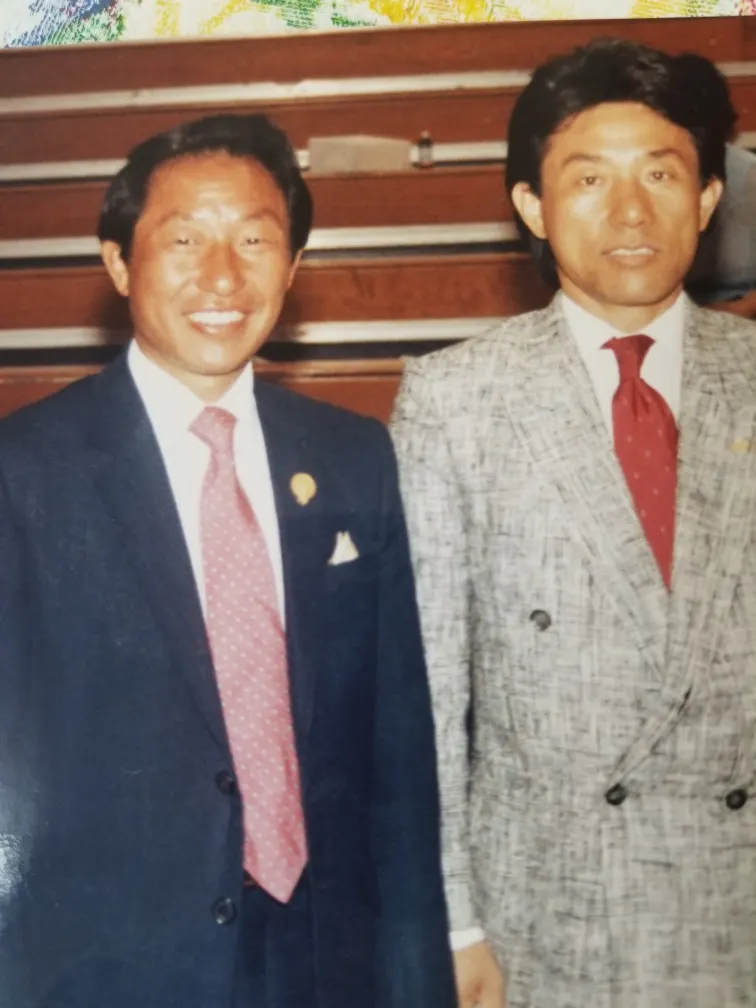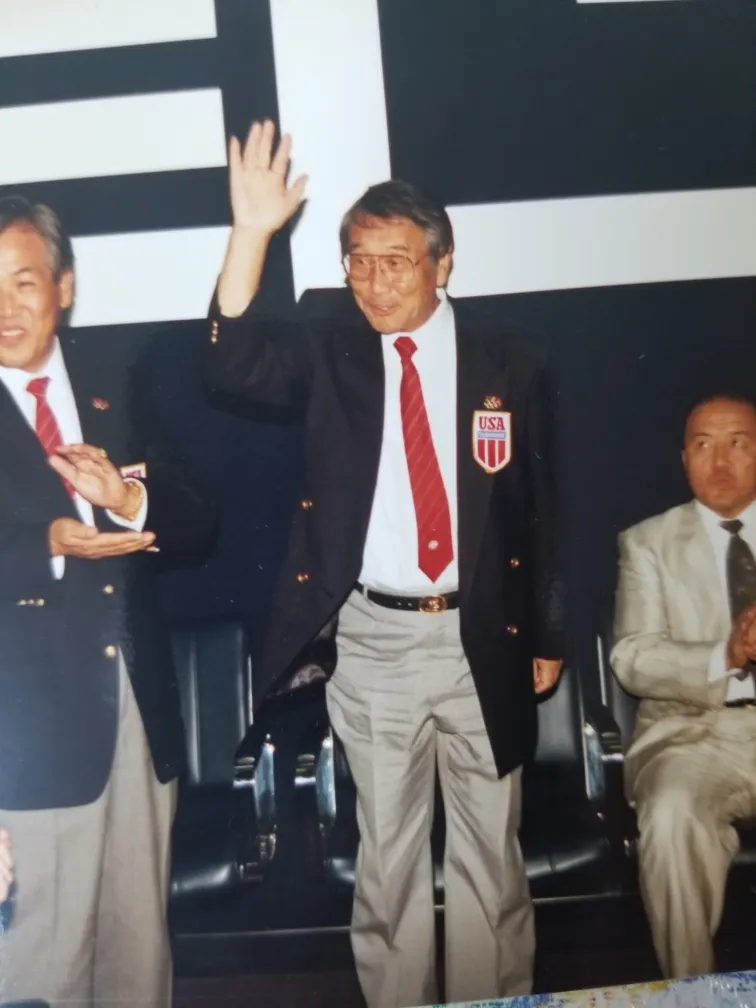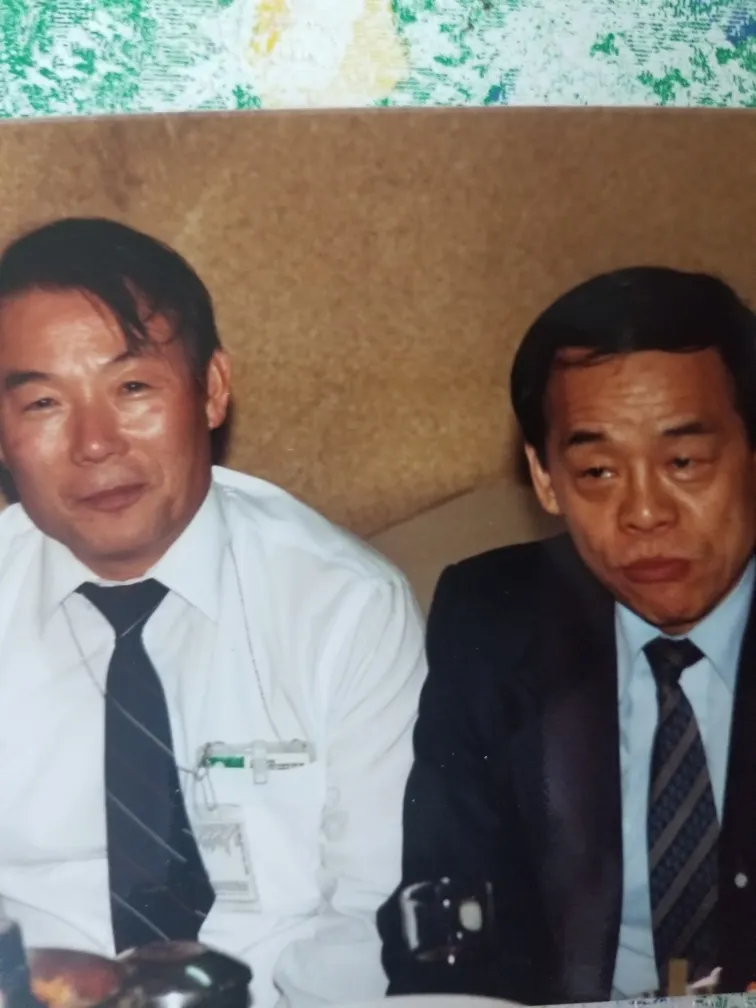
Issue 2.1 September 29, 2022
Welcome to the best place to find your up to date global Taekwondo News!
Welcome to the inaugural issue of TAEKWONDO TODAY! We aspire to become the source of Taekwondo news from around the globe. it is our intent to provide timely coverage of the complete martial art of Taekwondo - Traditional Taekwondo and Sport Taekwondo.
TAEKWONDO TODAY will have contributing reporters on each continent around the globe, enabling us to provide our readers with global Taekwondo news articles. We shall endeavor to provide informative articles related to Traditional Taekwondo, as well as articles relating to Sport Taekwondo. It is not our intent to provide in-depth coverage of Sport Taekwondo events, as it relates to tournament coverage. Rather, we will endeavor to provide news articles relating to the activities and operations of Taekwondo organizations, in addition to articles that may feature the activities and operations of Taekwondo schools (Dojangs), as well. We will also provide feature articles on Taekwondo pioneers globally, as well as other prominent Taekwondo persons of note.
At TAEKWONDO TODAY we would like to become your daily go-to source for factual information and reporting regarding Taekwondo, whether it be historical/traditional, or modern sport Taekwondo coverage. We will include opinion articles (OP/ED) that may spur discussions, as well as Public Opinion Polls that seek to elicit your thoughts and opinions on a variety of Taekwondo subject areas.
FROM THE PUBLISHER
Anne Chase

Hello again. Thank you joining us in our quest to share information, stories, and even some advice relating to the world of Taekwondo. And thank you for the kind comments we have received about our first issue. We are always excited to learn about your story ideas.
Some may wonder why we are so open to just about every story idea we come across. We’ve all known the martial artist who states without hesitation that everything learned from school is everything there is to know about Taekwondo. We could not disagree more! Of course, we turn to our instructors and seniors when we have questions. We respect the knowledge they share with us, but there is always more to learn.
Looking through the names on our masthead, one might think we are all about “Sport Taekwondo.” There are former world champion athletes, coaches who have taught those athletes, “S”- class International Referees, including an Olympic referee; and former national governing body executive directors, officers, and board members. Sounds pretty one-sided, doesn’t it? The thing is we all come from “Traditional Taekwondo” backgrounds.
Share your ideas with us. Do you like competition? Great! We aren’t simply talking about Olympic-style competition. Maybe you love point sparring or weapons or different styles of poomsae. Let us know. Are you a history buff? Share some with us. What’s your Kwan? Perhaps you don’t identify with one. Do you want training tips? What kind?
Let’s see what we can build here.
To quote one of our editors, “IT’S ALL GOOD!”
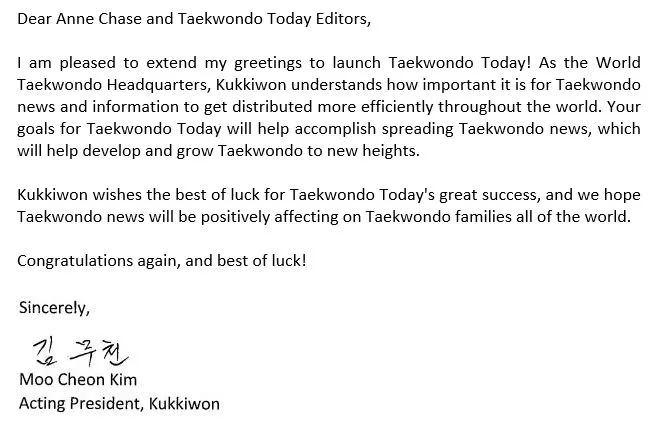

KUKKIWON ELECTIONS UPDATE
KUKKIWON PRESIDENTIAL
CANDIDATES CONFIRMED
Nine persons have met the requirements to officially file as candidates to become the 17th president of Kukkiwon. Each person had to submit $50,000 USD along with their application to officially be recognized as candidates in the election that will take place on October 6, 2022.
Each candidate was given a number to go with their name. Theoretically, that will make it easier for eligible voters to be able to remember the candidate for whom they wish to vote. The candidates are as follows:
1. LEE Dong Sup
2. KIM Suk Ryon
3. KIM Soo Min
4. SON Cheon Hak
5. YU Sang Chul
6. KIM Tae Ho
7. LEE Ji Sung
8. YUN Ung Suk
9. PAK Daesung
The Korean newspaper Taekwondo Times has information regarding each candidate. The information is in the Korean language. Should you want to have access to that information and, if needed, use a translation app, click HERE.
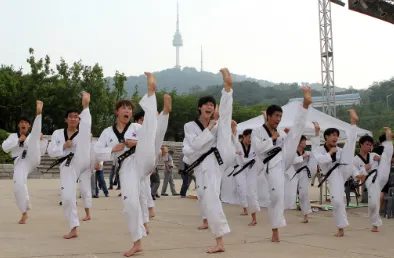
Training Tip: Scientific Organization of a Warm-Up
By: William Sullivan, PhD
A warmup should be an integral component of a workout or competition. The purpose of a warm-up should be to prepare the athlete physically and mentally for training or competition and potentially improve subsequent performance. The National Strength and Conditioning Association (NSCA) suggests that the warm-up be divided into two modules, a general warm-up followed by a specific warm-up. The warm-up should be structured such that the work starts at a low intensity, gradually increasing to a moderate intensity (and possibly to a high intensity). Also, the warm-up should be structured such that it does not cause fatigue.
The NSCA divides the effects of the warm-up into four general physiological responses. The acronym RAMP stands for raise, activate, mobilize, and potentiate.
Raise: During the general warm-up, there is an increase in the release of adrenaline & noradrenalin into the blood stream which together increase heart rate, the amount of blood pumped out of the heart per beat and per minute, systolic blood pressure, and respiratory rate. There is also an increase in core temperature, and blood flow and oxygen delivery to the working muscles. Additionally, there is an increase in secretion of synovial fluid, the WD-40 of our joints.
Activate: Mimicking movements that are to be performed in subsequent components of a workout or a competition activates the motor pathways from the brain, down the spinal cord, and finally to the muscles used in subsequent performance.
Mobilize: Dynamically moving joints through the range of motion required during subsequent parts of the workout or a competition breaks up the transient connective tissue bonds surrounding the active muscles, tendons, and ligaments. This allows for a greater range of motion (ROM) and faster muscle contraction during active movement. This may also reduce the risk of injury to those structures during the subsequent activity.
Potentiate: Potentiation requires gradually increasing the intensity of a given sport-specific activity that requires power or speed (e.g., spinning back kick) until reaching the intensity desired for subsequent performance, after which there is a window of several minutes where the ability to produce power and speed is enhanced. The more the power or speed requirement for the subsequent activity, the greater the importance of this phase of a warm-up. But too much stimulation results in fatigue!
General warm-up: This module should concentrate on the raising response. The general warm-up should consist of five to 10 minutes of activities such as walking, light jogging, skipping, dribbling a soccer ball, light intensity calisthenics exercises, rope jumping, or cycling. The general warm-up should start at a low intensity and gradually be raised to a moderate intensity (raise), but not a high intensity.
Specific warm-up: This period should follow the general warm-up and include eight to 12 minutes of movements similar to movements of the athlete’s sport. It should focus on stretching dynamically through the range of motion required for the sport (mobilize), rehearsing the sport-specific skills to be performed (activate), and power or speed drills of increasing intensity (potentiate). The more power or speed necessary for the subsequent activity, the more important the specific warm-up.
Stretching during warm-up: A warm-up is a component of a workout or competition, while flexibility is a component of fitness. Flexibility training requires its own session, much like strength training or aerobic endurance training. In activities that require dynamic movements in large ranges of motion (e.g., taekwondo), dynamic stretching should be performed during the specific warm-up. However, static stretching and proprioceptive neuromuscular facilitation (PNF) stretching before a workout or competition may decrease power, strength, speed, & reaction time, because these techniques relax muscles. Also, the research data do not generally support the notion that static or PNF flexibility training during a warm-up reduces injury rate or muscle soreness. That is, dynamic stretching during a warm-up should not be considered flexibility training. This topic will be further addressed in a future article.
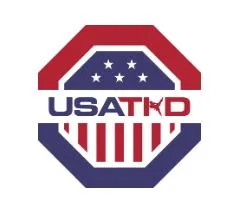
Team Trial Results
USA Taekwondo conducted a series of competitions from September 16 – 18, 2022 in North Carolina. The competitions were held at the Convention Center attached to the Embassy Suites Hotel in Concord, NC.
The following competitions were held:
2022 US Grand Prix Finals
2022 Senior World Championship Team Trial
2022 US Team Trials
Congratulations to all participating athletes, and to those who were successful in reaching the Medal Podium. Special congratulations to the US Team Members that will be representing the USA at the upcoming World Taekwondo World Championships in Guadalajara, MEXICO from November 13 - 20, 2022.

SUCCESSFUL PARENTS OF TAEKWONDO
By: Robert K. Fujimura
Is there a role for parents in the involvement of youth Taekwondo? Can engagement by parents provide a better experience and successful outcome as the child matures? As with any child’s activity, a parent should utilize their parenting philosophy to help sort the level of engagement they feel is appropriate with Taekwondo.
There is a direct time, emotional energy, and cost to supporting any successful endeavor. From the first enrollment, the child looks to parental support. Providing transportation, financial sponsorship and being an enthusiastic spectator assures the child the basics are met. Imagine the joy of the first Taekwondo class (or insecurity), dream of earning the first rank (or failing the test) or competing at a tournament (win or lose). What should be the parent’s reaction?
As you sort through your own family philosophy/lifestyle on raising your child, try to get a better understand of the history, general practice, and goals of Taekwondo. This will assist you in supporting the teaching environment. Searching online or asking the school for guidance (a more targeted approach), allows parents to move outside the basics by understanding the background. Some parents wish to better understand by becoming a direct student while others are better suited to the role as a cheerleader. Exercise caution by not living your life vicariously through your child. There will be days they want to conquer the world with Taekwondo and other days that they may try to hang up their belt. Try not to overreact.
Remember that Taekwondo is often practiced for physical fitness, self-defense, sports competition, self-discipline or personal enrichment. Work with your school and child to develop realistic expectations. Modern Taekwondo teaching methodology tends to be goal oriented and the “extrinsic” goals (such as belt promotions, tournament medals, special uniforms/patches, etc.) should mature into “intrinsic” goals (self-improvement, self-confidence, etc.) Help your child better appreciate both. Earning a black belt (a symbol universally recognized as an expert), often is viewed as an end, but may be better understood as a beginning. The skills acquired earning a black belt will allow the child to better enjoy their practice through targeted activities such as competitions, demonstrations, learning specialized skills, encouraging others, and translate to lifetime enjoyment.
It is often difficult to comprehend the complexity of practice in Taekwondo. Activities perceived as simple are challenging in execution. Some schools may recommend parents better understand by enrolling as a student like their child. In some situations or family’s dynamics, this may be a great match (i.e., family program with different ages or generations practicing together). However, some parents may blur the lines of compassionate support of their child by focusing on their own practice. Seek to find the balance between viewing and supporting, whether you decide to begin your own journey in Taekwondo (as a student, athlete, or manager). Enjoy your child’s experience with your understanding support.
Ultimately, you know your child best. Keep the lines of communication open with your school’s master/instructor and reinforce the ethical environment, physical skills, and mental resilience that Taekwondo seeks to develop. Enjoy yourself and have fun as your child learns and grows in Taekwondo.
Taekwondo Today © 2022
